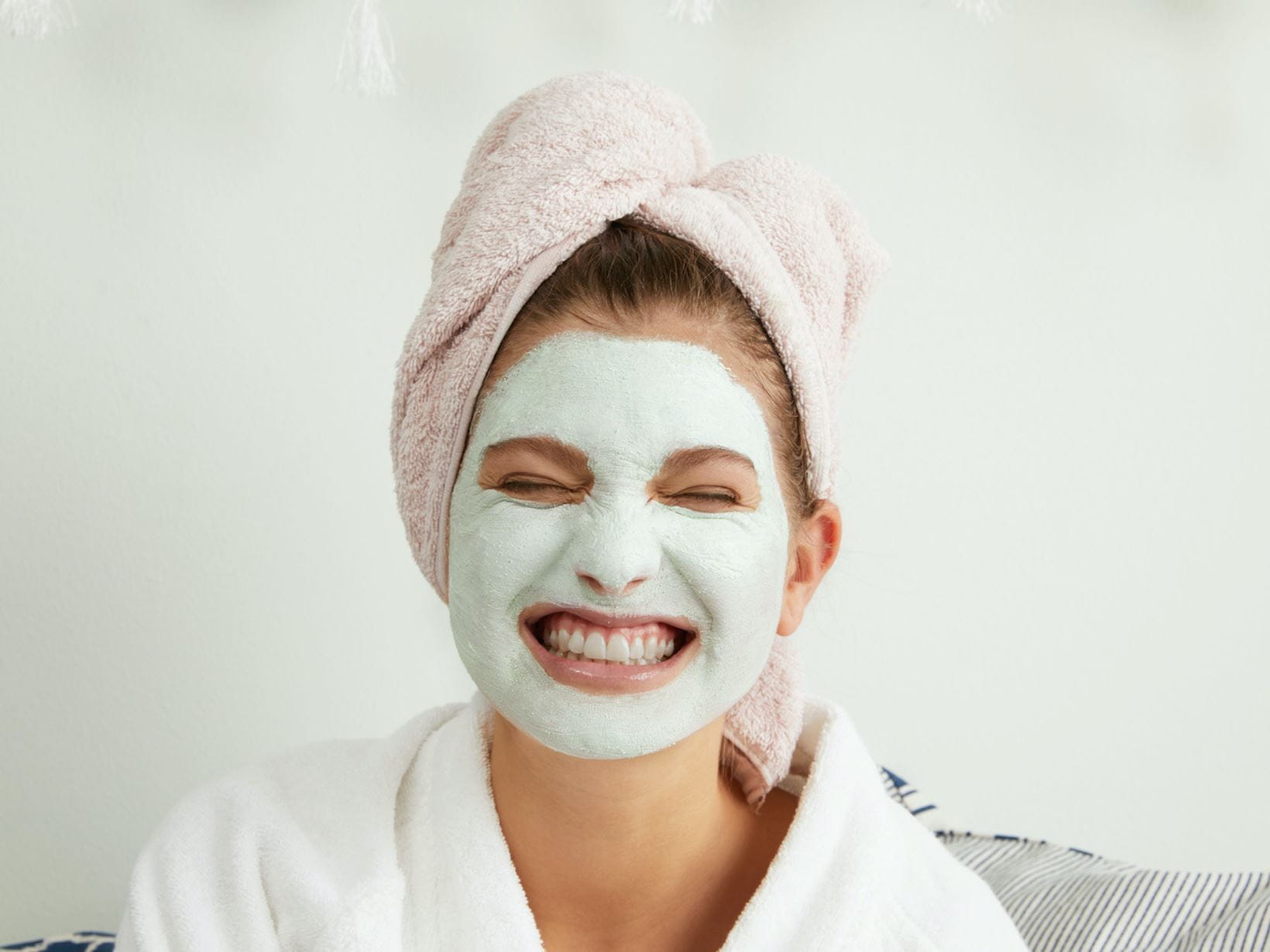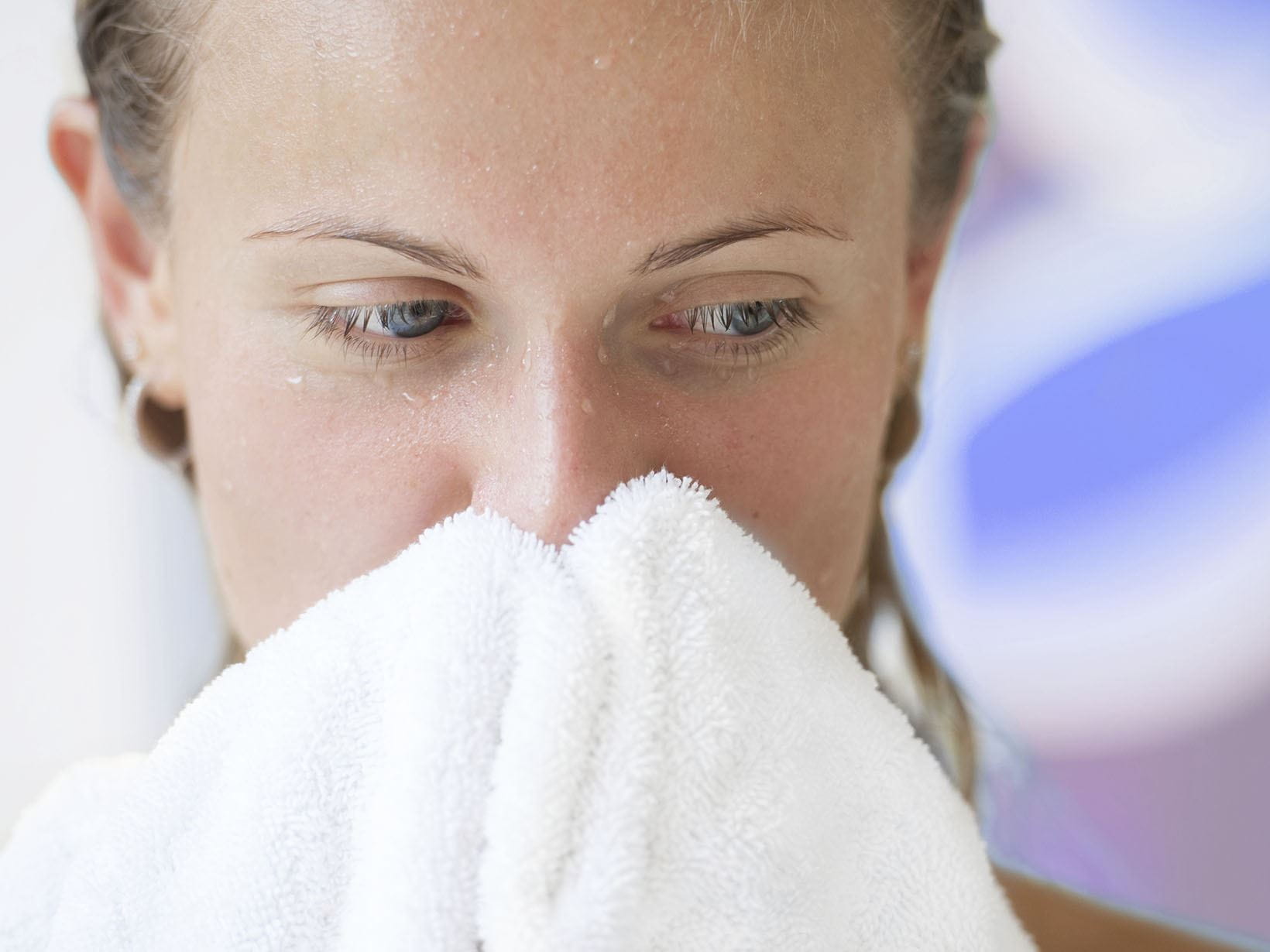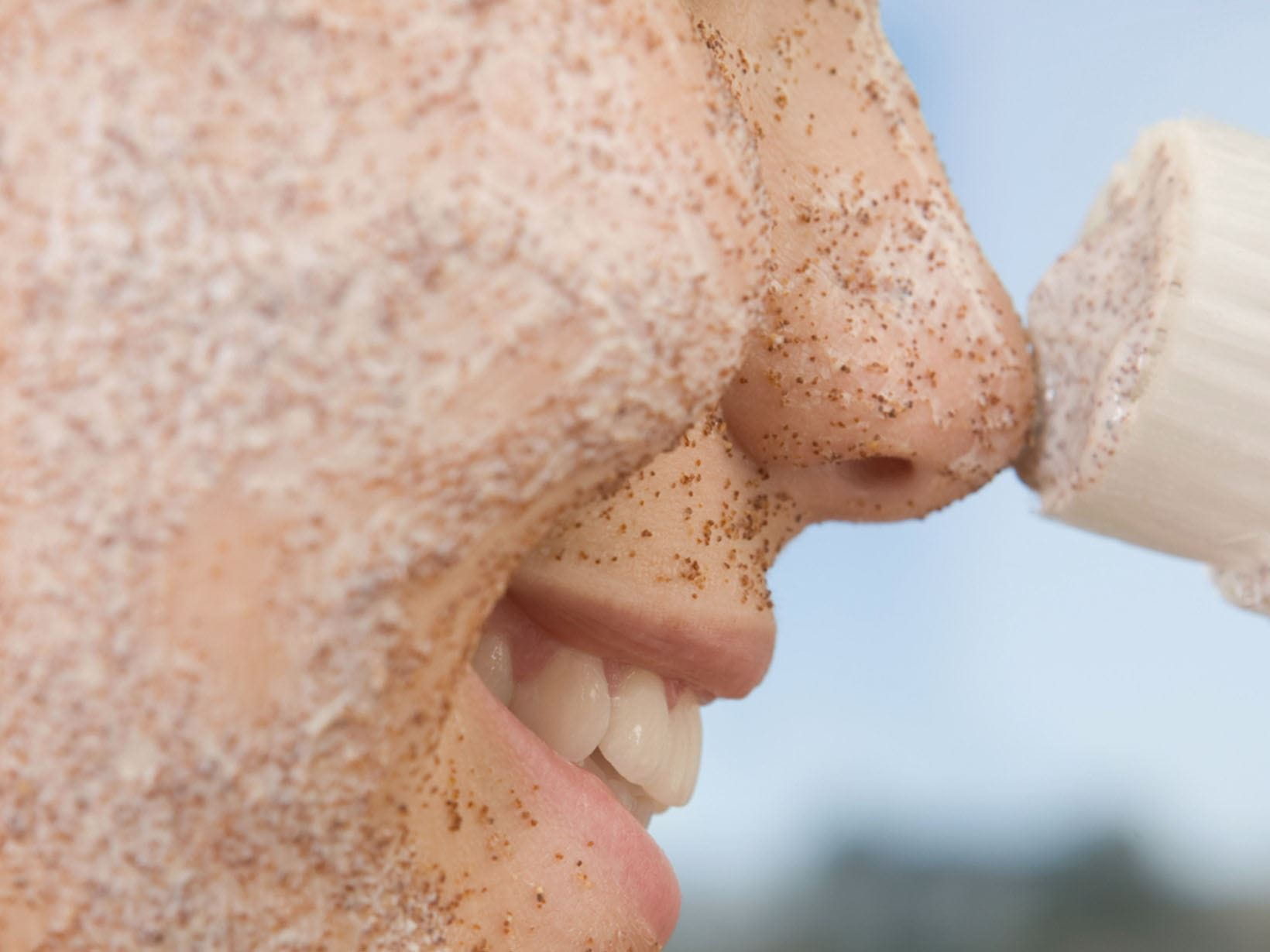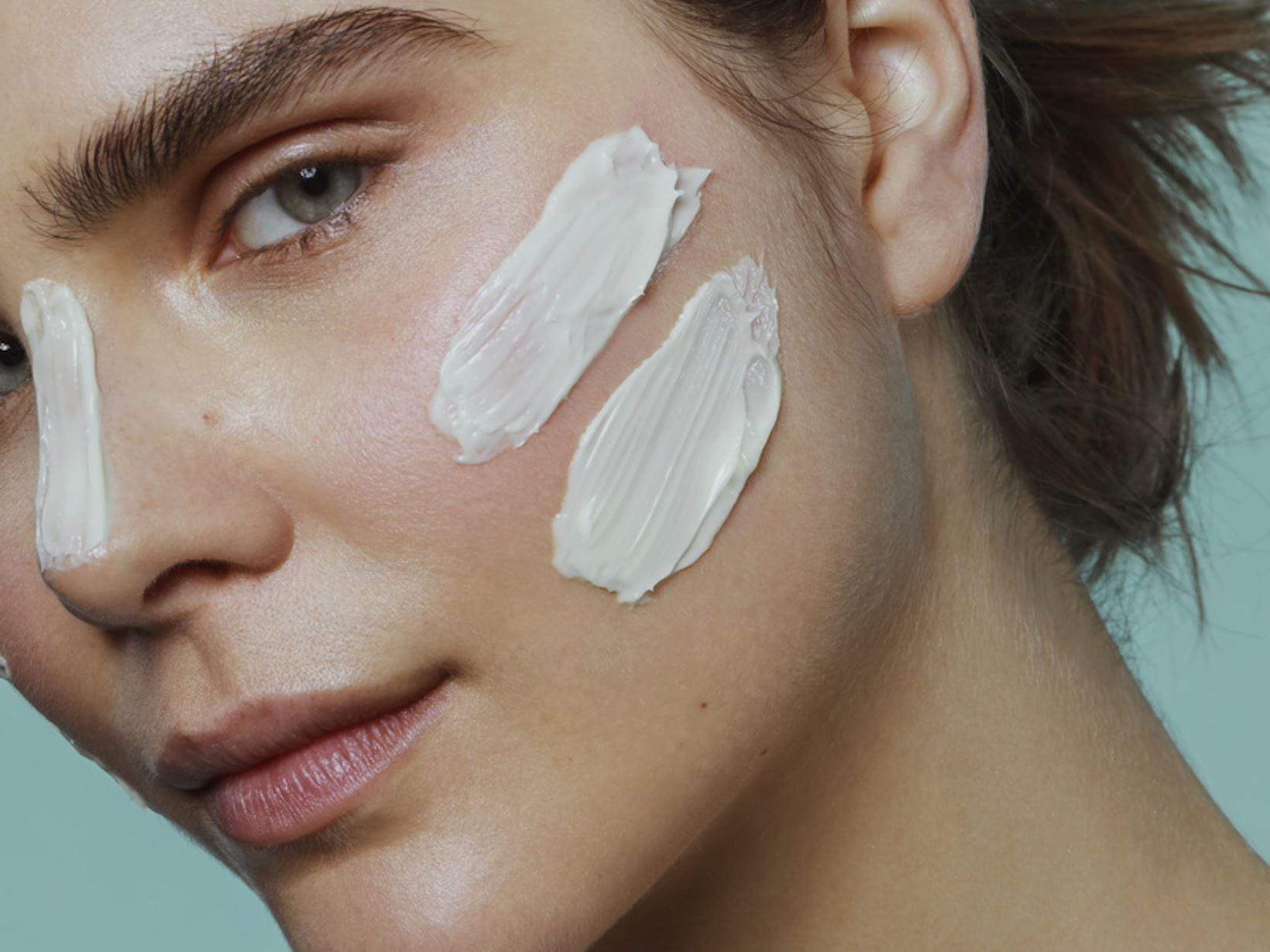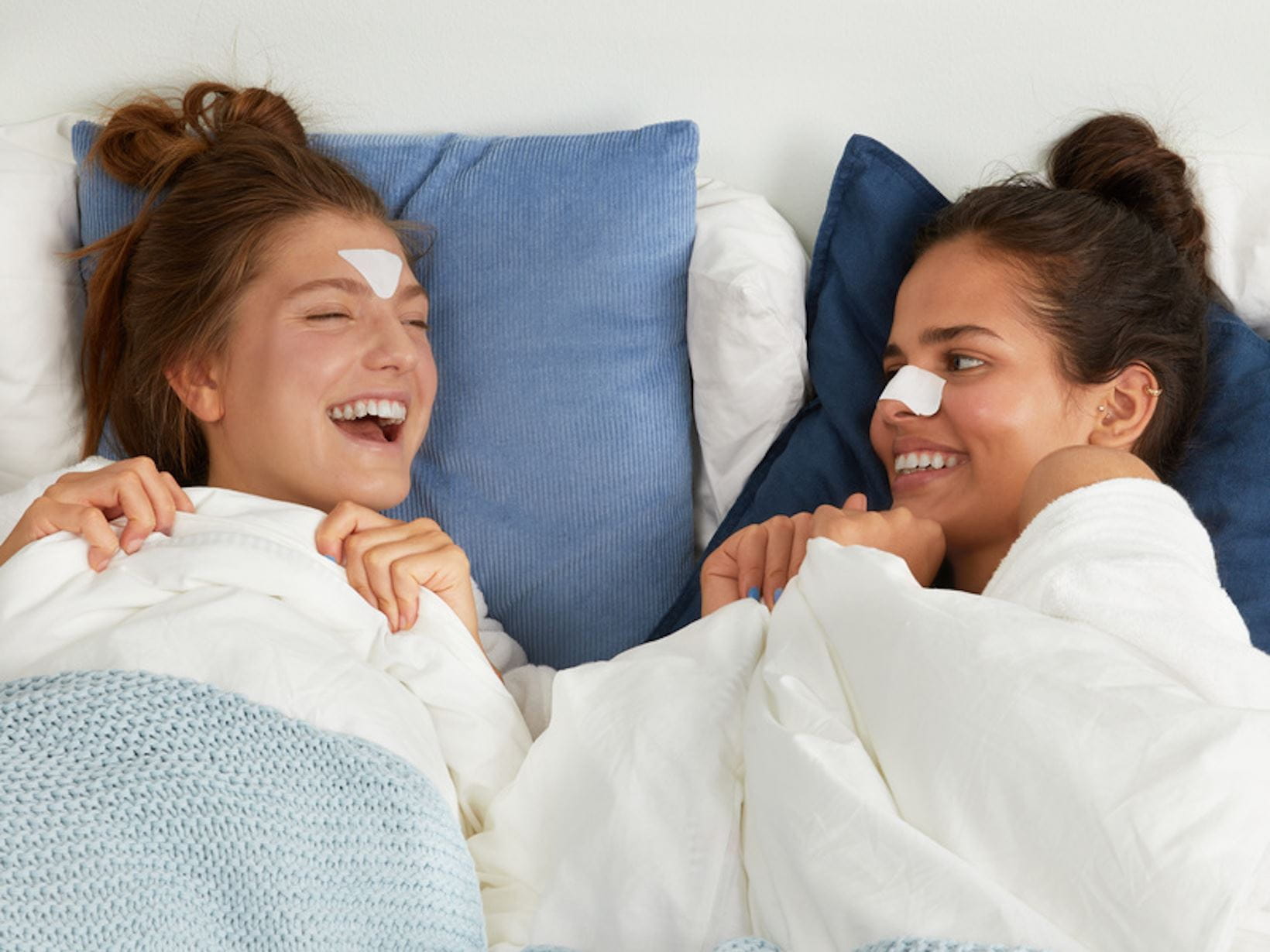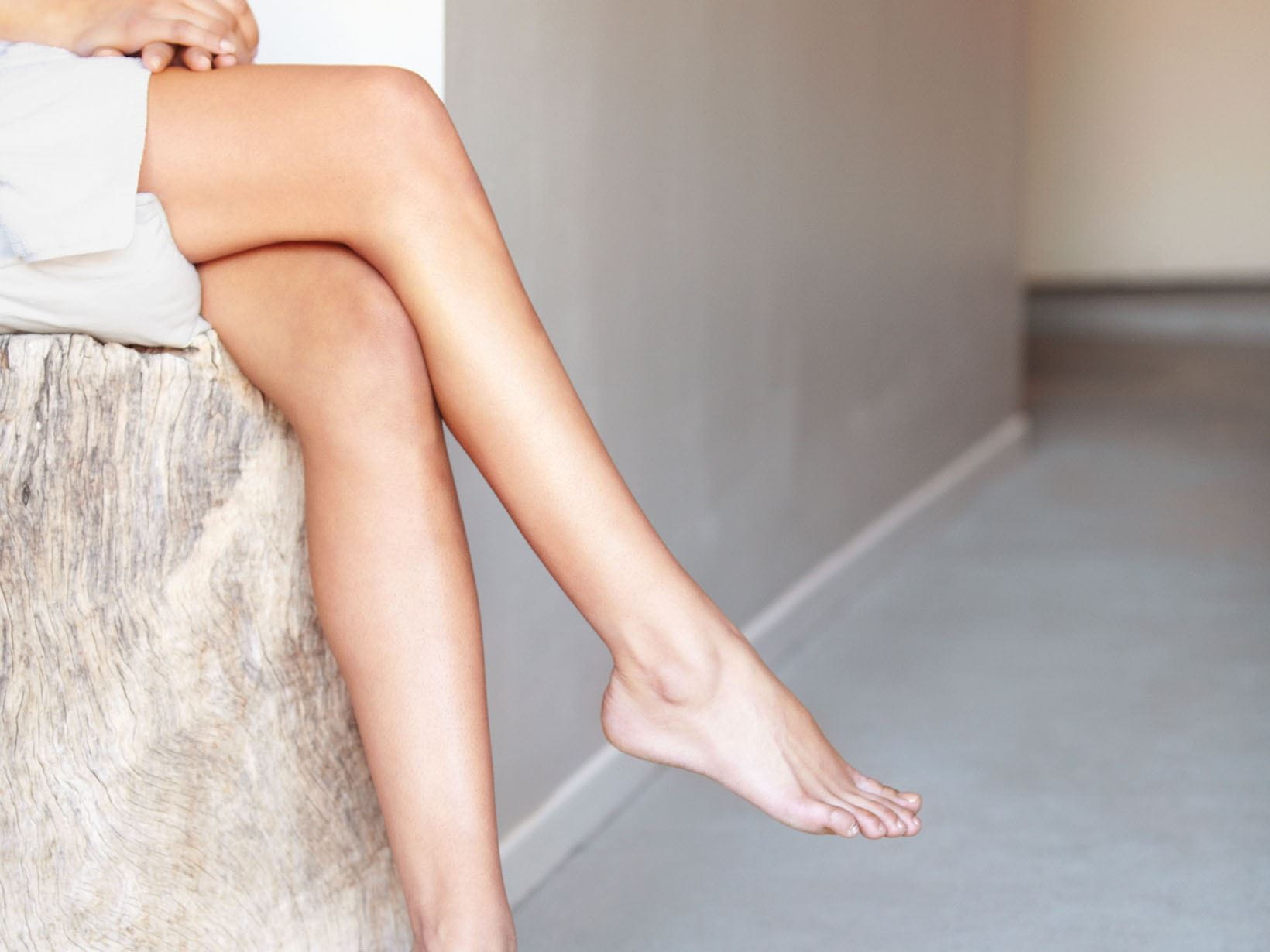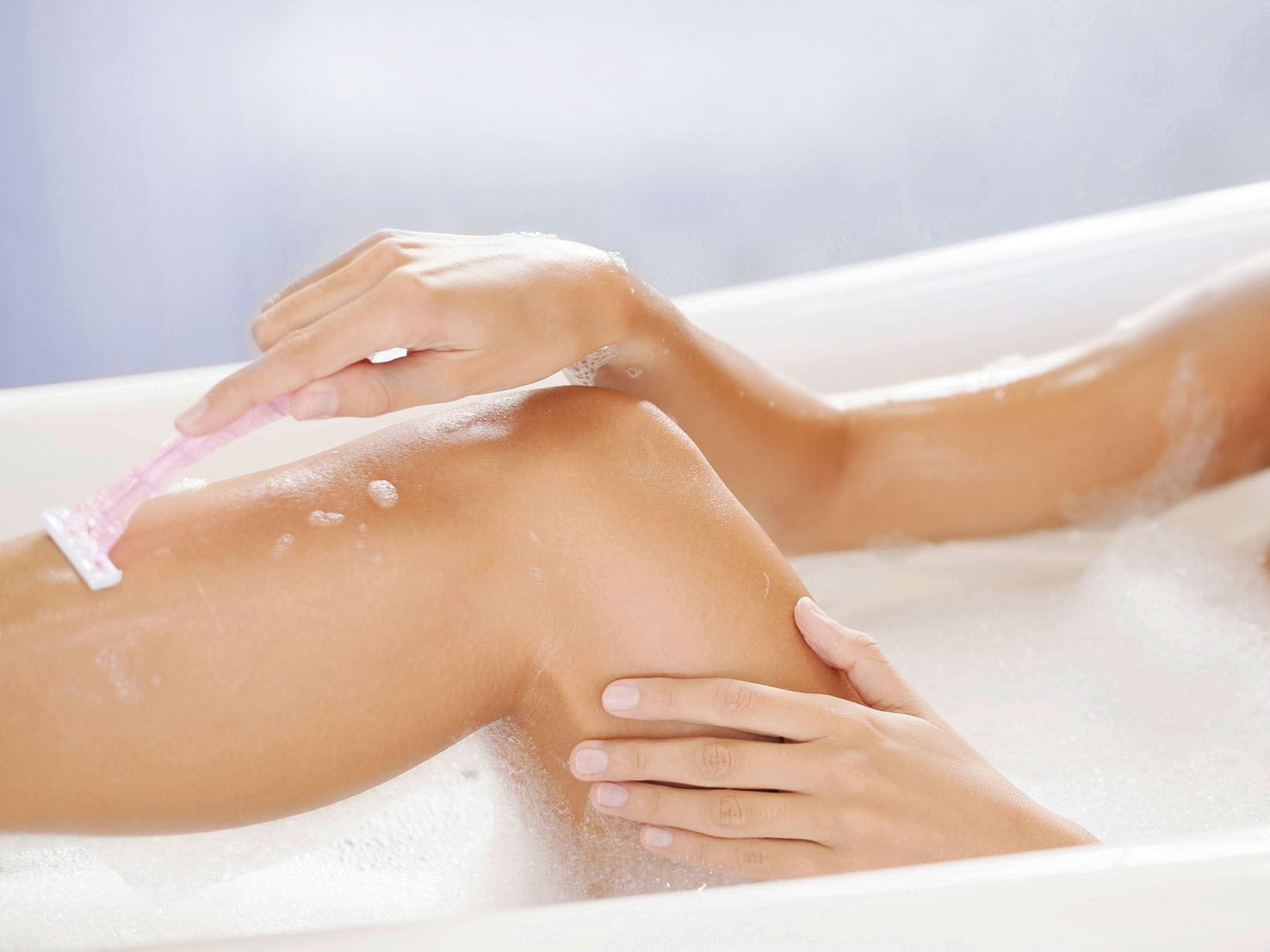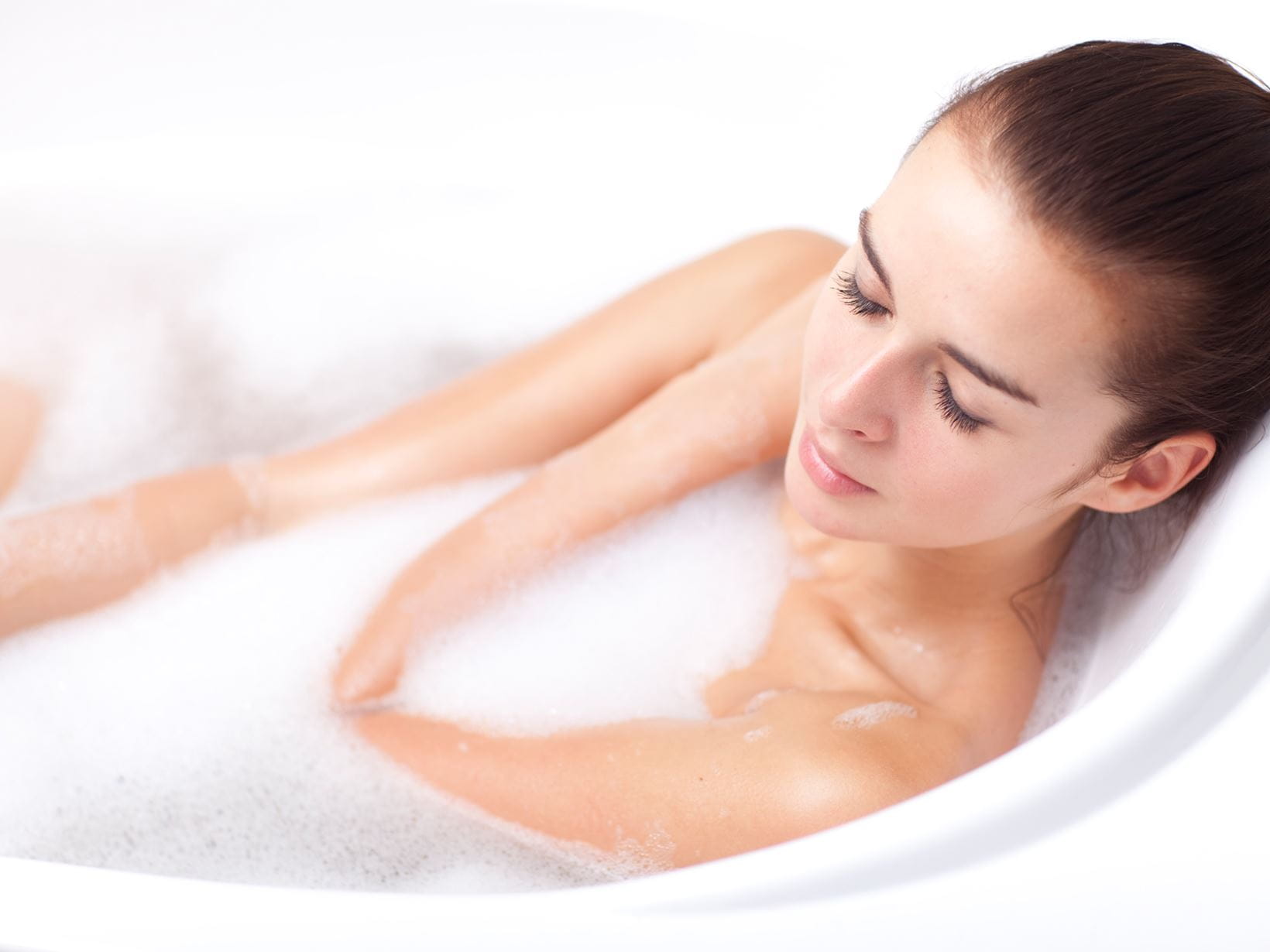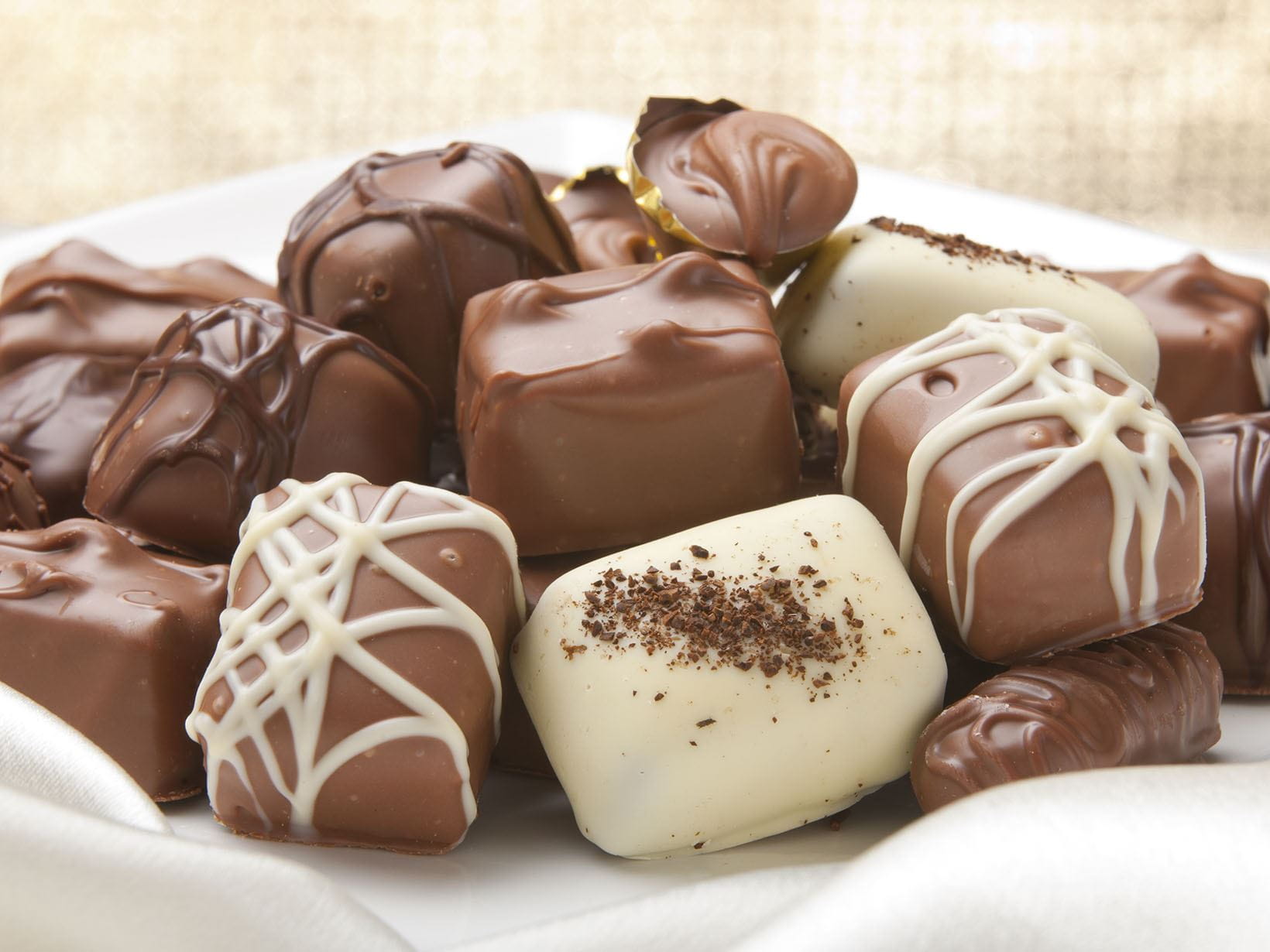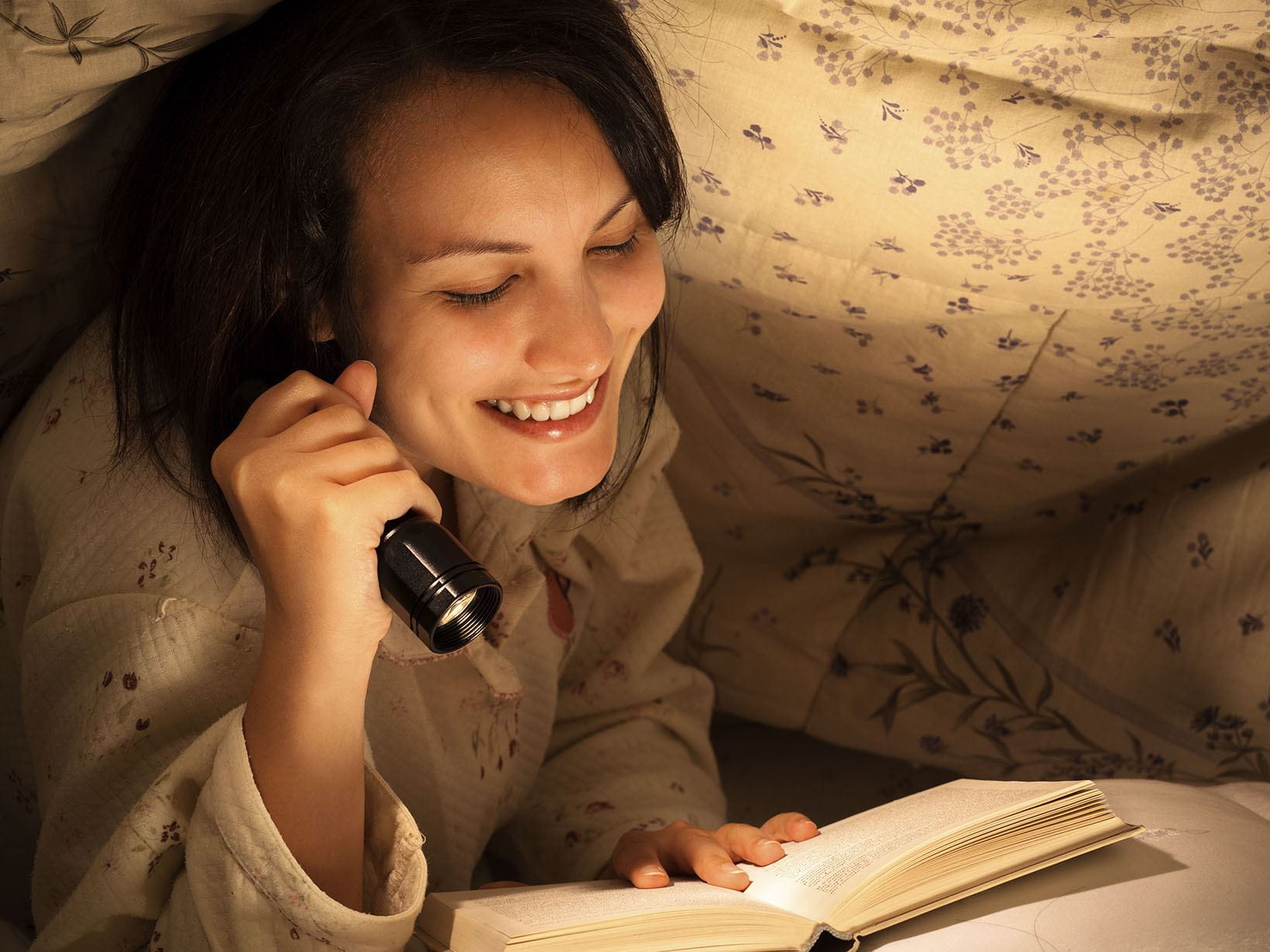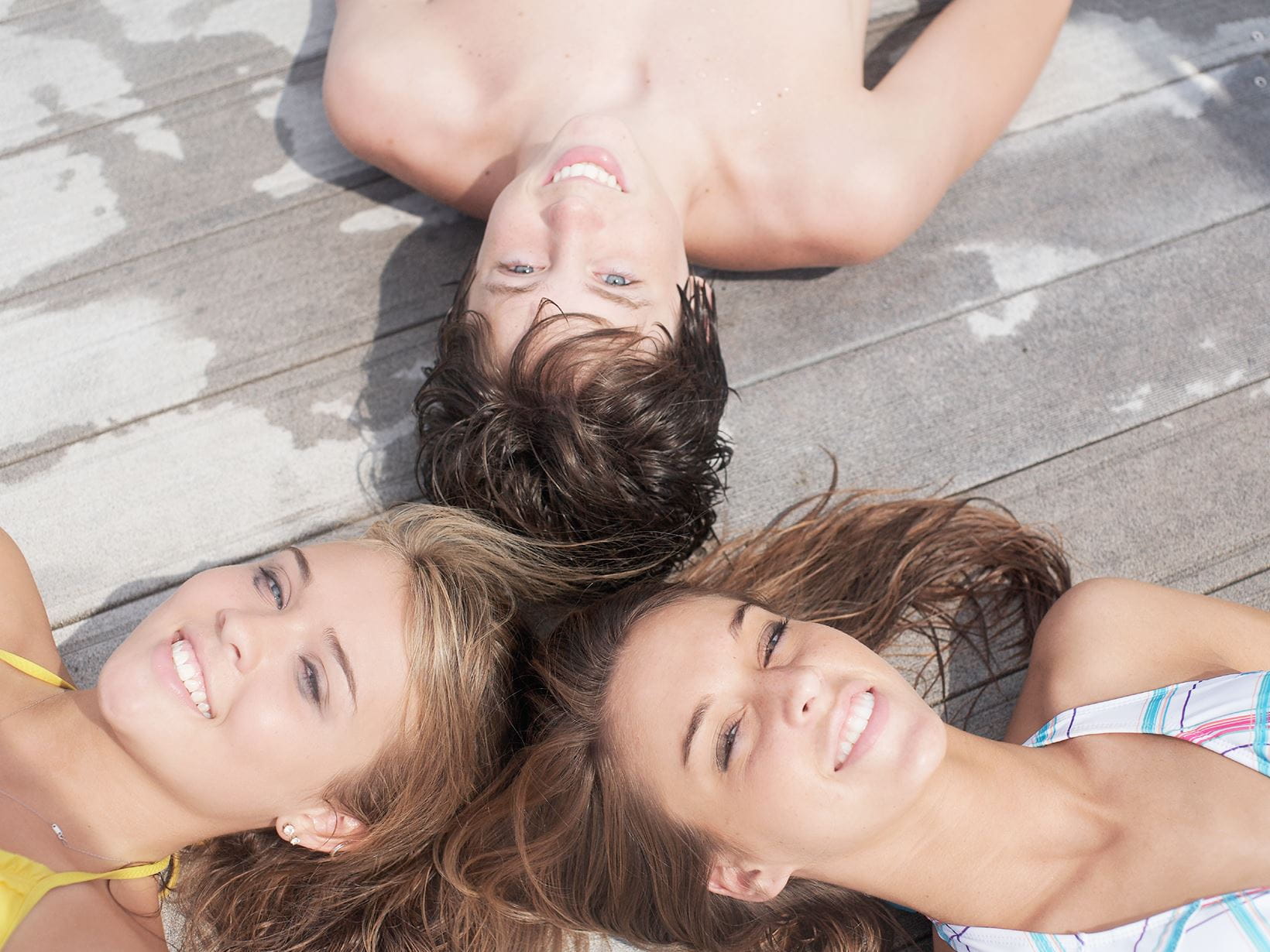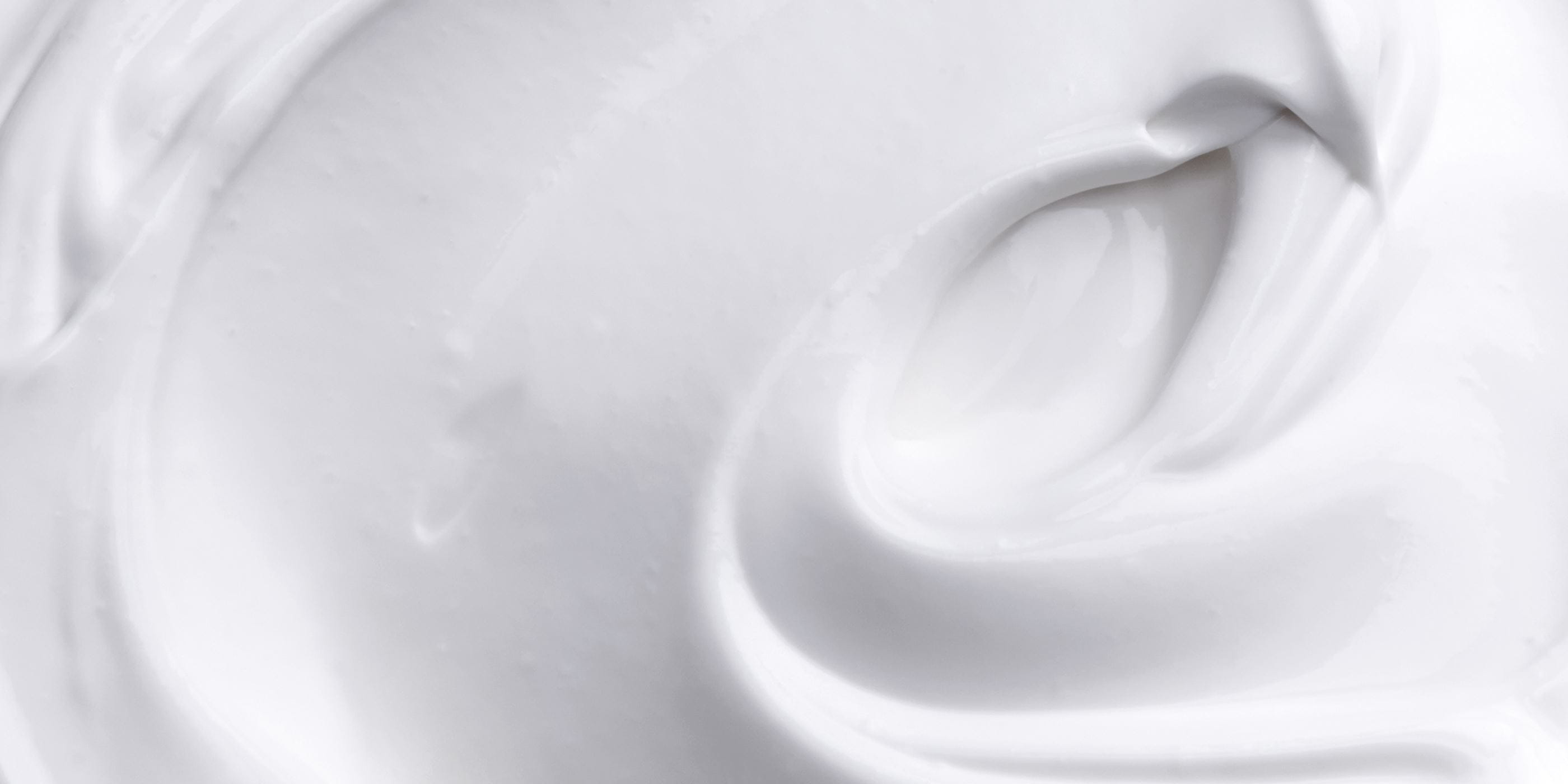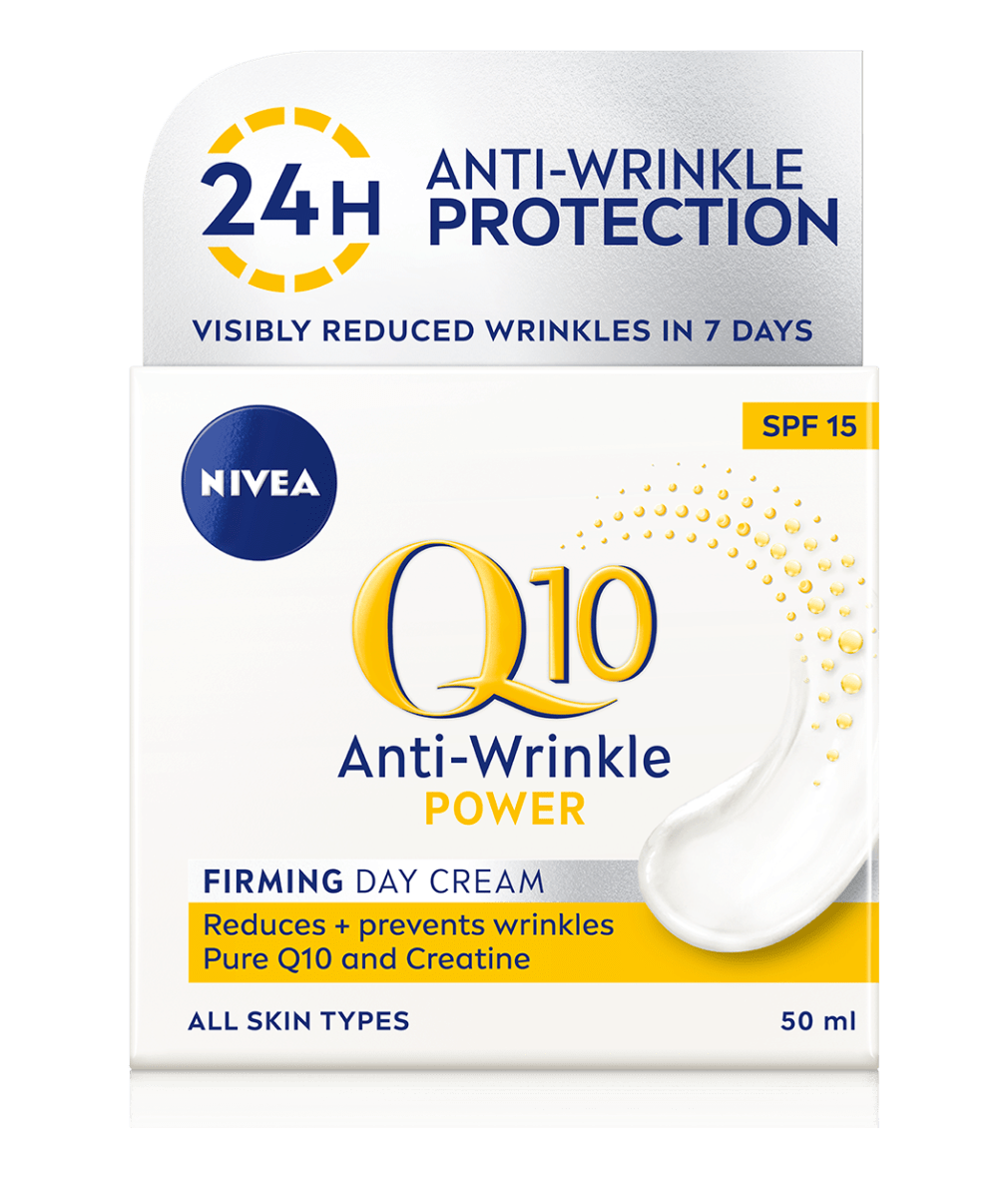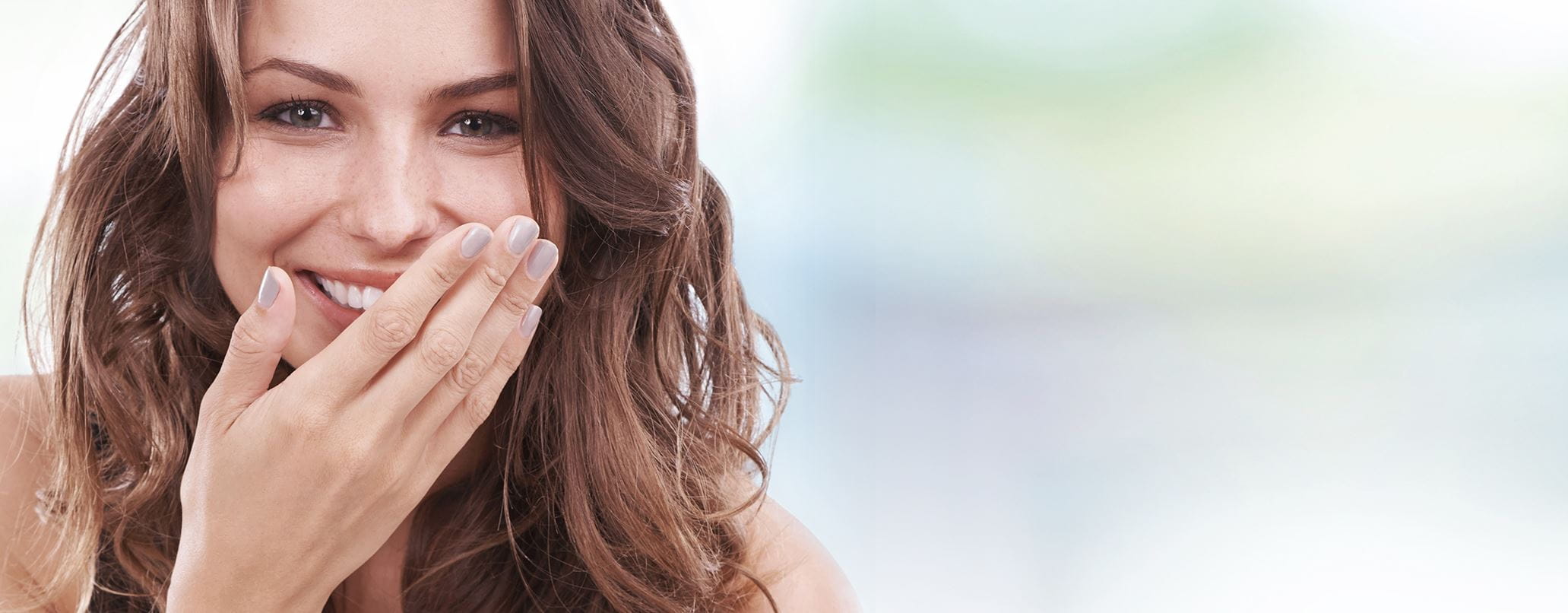
Beauty facts and myths: discover the truth!
Tips from your grandma or mother are often good and true. But some of them are just fairy tales. We get to the bottom of twenty beauty myths and update you on current scientific knowledge.
About genuine mistakes and false beliefs
Beauty myths about the face
Who really thought that toothpaste could help against spots? Some beliefs come about by accident and last for generations. We have collected a few myths about facial care and expose the truth behind many a misconception.
Beliefs about the body
We take a closer look at a few beauty myths – from head to toe. Does sweating make you slim? Just a rumour. Should you drink water long after you are thirsty? Whatever the truth may be – accept it.
Everyday beliefs
We expose some other curious beauty myths!

